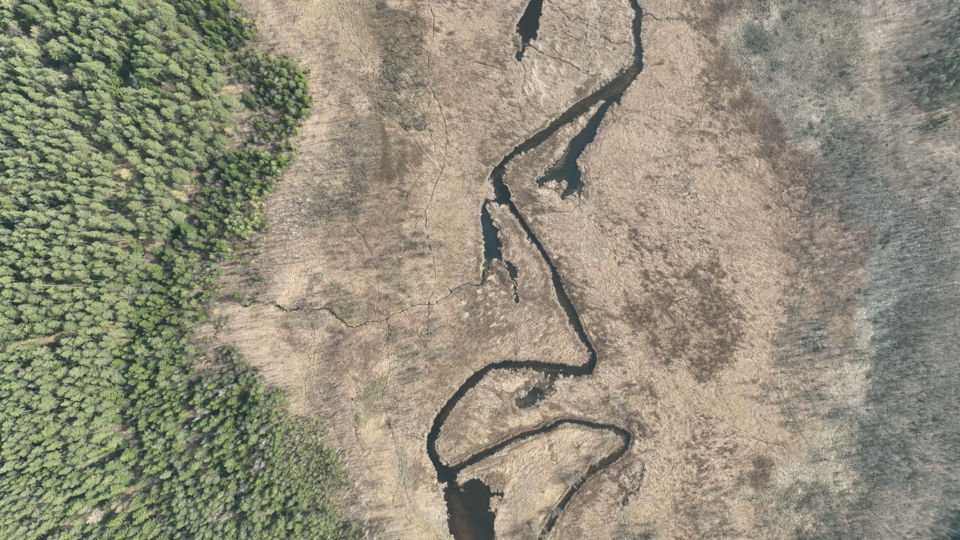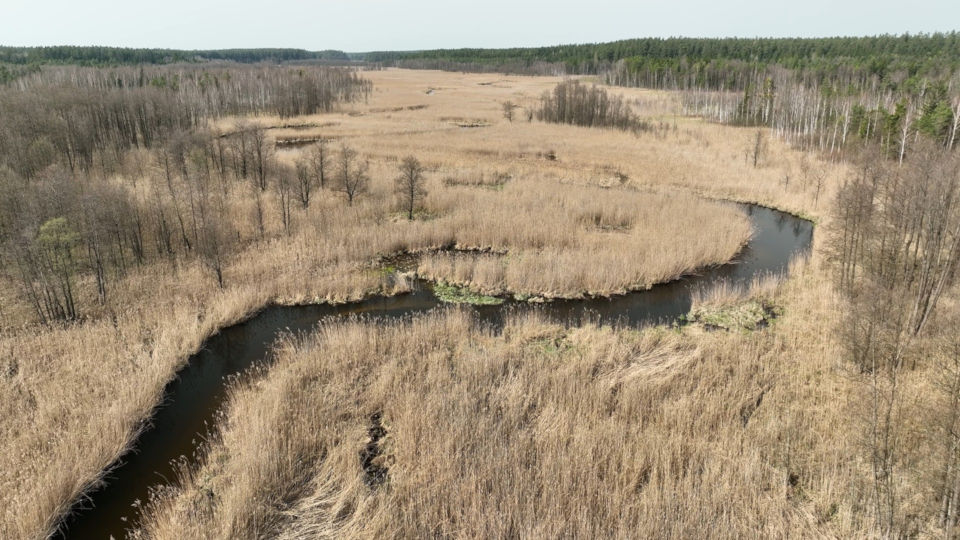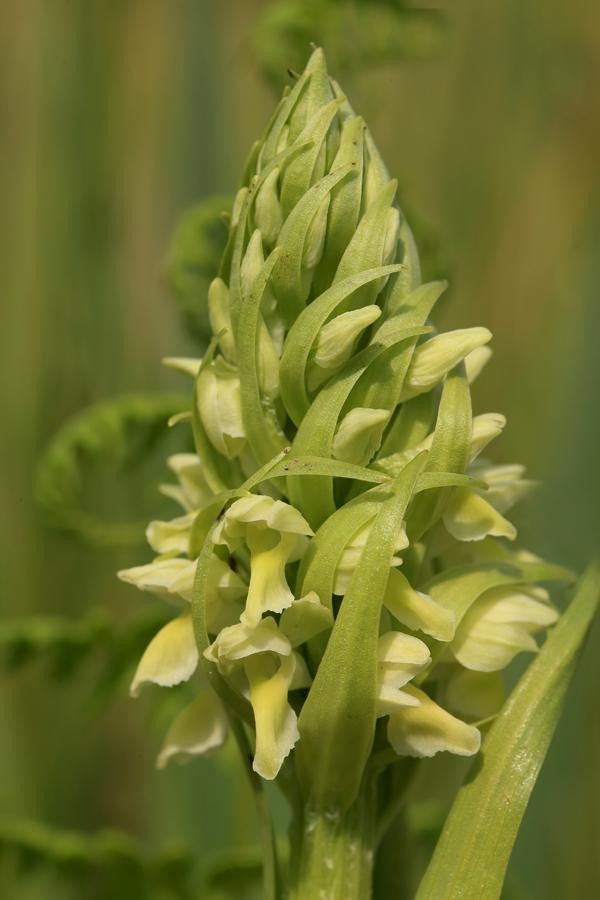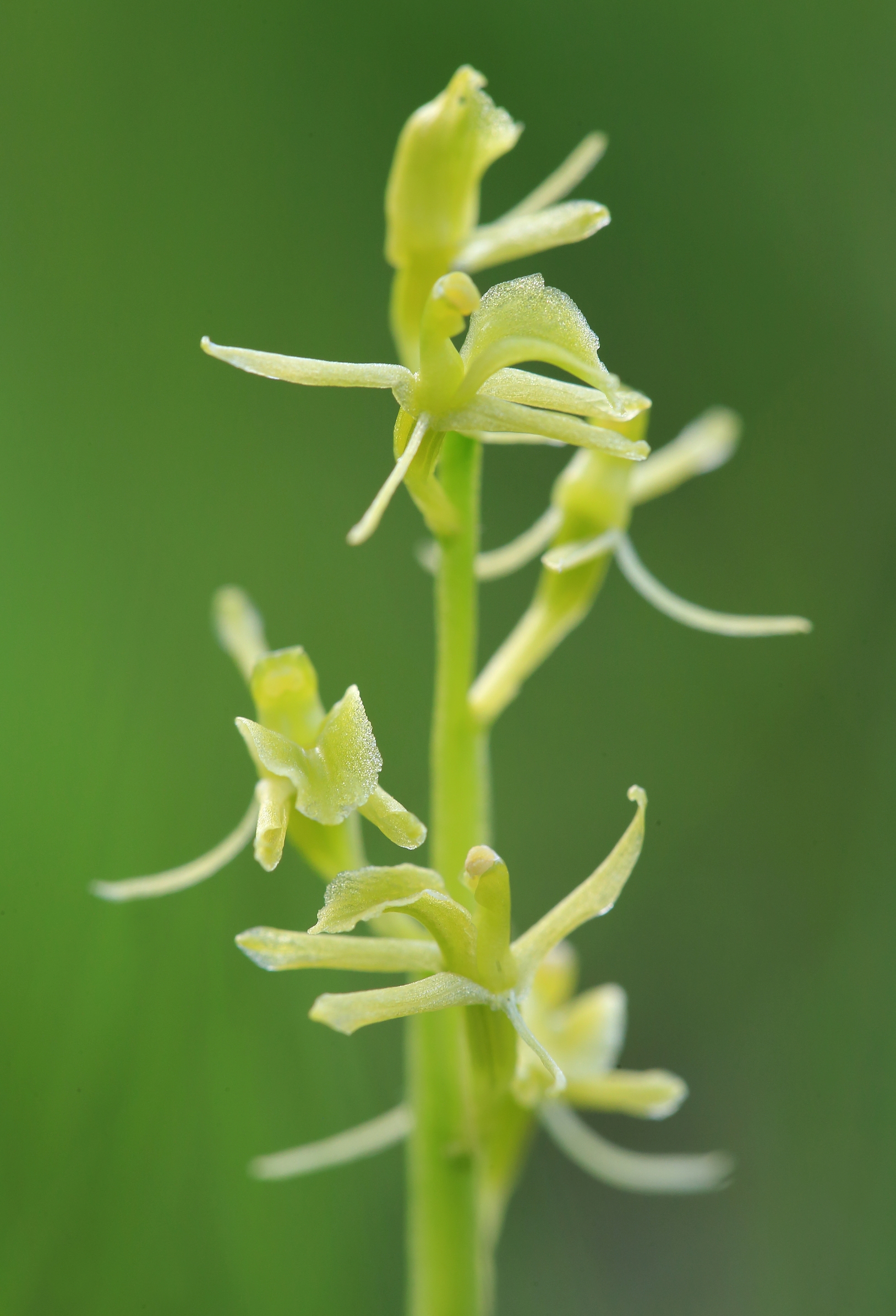Kliknij tutaj, aby powrócić do polskiej wersji strony![]()
The decision to purchase plots in the Rospuda Valley marks the beginning of a new direction in the activities of the Wetlands Conservation Centre, which is to secure valuable wetlands for the purpose of affording them permanent passive protection. We started with one of the most extraordinary fens in our country, in the protection of which we have been involved for almost 20 years.
The Rospuda Valley is the largest percolation fen in Poland, and one of the largest in Central and Western Europe, preserved in a state close to natural condition.

Bird's eye view of the Rospuda Valley, fot. Jan Kucharzyk
The Rospuda River begins a few kilometres south of the Romincka Forest and flows into Lake Rospuda, located north-west of Augustów. In the southern part of the Rospuda Valley, surrounded by the Augustów Forest, there is a vast, mossy, treeless fen. It began to form thousands of years ago, first as a floating plant mat covering a shallowing glacial lake. The peat systematically grew, creating a layer over two metres thick over time. Looking at the remains of plants that make up this layer, one can see that the nature and species composition of the vegetation on this peatland has remained unchanged since the glacial lake was fully overgrown (which took place about 1,200 years ago) until today. This vegetation has the physiognomy of an open rich fen, with mosses and sedges dominating, and with the participation of many rare and endangered species of open fens.

fot. Jan Kucharzyk

Yellow Dactylorhiza incarnata,
fot. Jan Kucharzyk
The survival of this ecosystem in its unchanged form for hundreds of years was possible thanks to stable hydrological conditions with a constant inflow of groundwater. The open moss landscape in historical times certainly attracted humans as a source of hay - perhaps not of the highest quality, and requiring some effort to obtain (hand mowing, transporting in winter over a frozen mire), but nevertheless, easier to obtain than by clearing the primeval forest on the adjacent sandy plains. The peatland was mown in the traditional way, by hand, until the early eighties of the 20th century, but it was never drained by humans. The intensity of human interference in the functioning of this ecosystem was so small that it did not disturb the natural processes occurring in the mire.
The Rospuda Valley peatland is a unique remnant of a natural marshy landscape, once common in river valleys in this part of Europe. This extraordinary ecosystem is a reference point for the restitution of disturbed peatlands in other locations, and it also provides an opportunity to observe the dynamics of natural processes and their response to the globally changing environment. The Rospuda Valley mire is also a refuge for many rare species of plants and animals.

Liparis loeselii,
fot. Jan Kucharzyk
The peatland in the Rospuda Valley has been functioning for several thousand years. Any changes that disrupt water conditions or affect the dynamics of natural processes in this extremely sensitive ecosystem may be irreversible, which is why it is so important to protect them from potential interference.
The purchase of twelve plots of land in the Rospuda Valley with a total area of 6 ha was possible thanks to the funds we received in the form of a grant from Cumulus (as part of the 1% for the Planet initiative), donations received from private individuals: Prof. Stanisław Kłosowski, Ewa Jabłońska, Magdalena Jędrzejewska and the loved ones of Iza Mier, who died in 2021, as part of the Iza Mier Fund, as well as thanks to donations received through 1,5% tax dedications.
We would like to thank all our donors. Without you, this would not be possible!
You can also support the purchase of further land in valuable natural peatlands by making a specified donation to the Wetlands Conservation Centre.
Transfer details:
25 1240 1040 1111 0011 2517 2014, Bank Polska Kasa Opieki Spółka Akcyjna, based in Warsaw
Centrum Ochrony Mokradeł
ul. Żwirki i Wigury 101 lok. 1.135
02-089 Warszawa
with the mention: donation for valuable peatlands
Here you can read more about how to support our activities.





